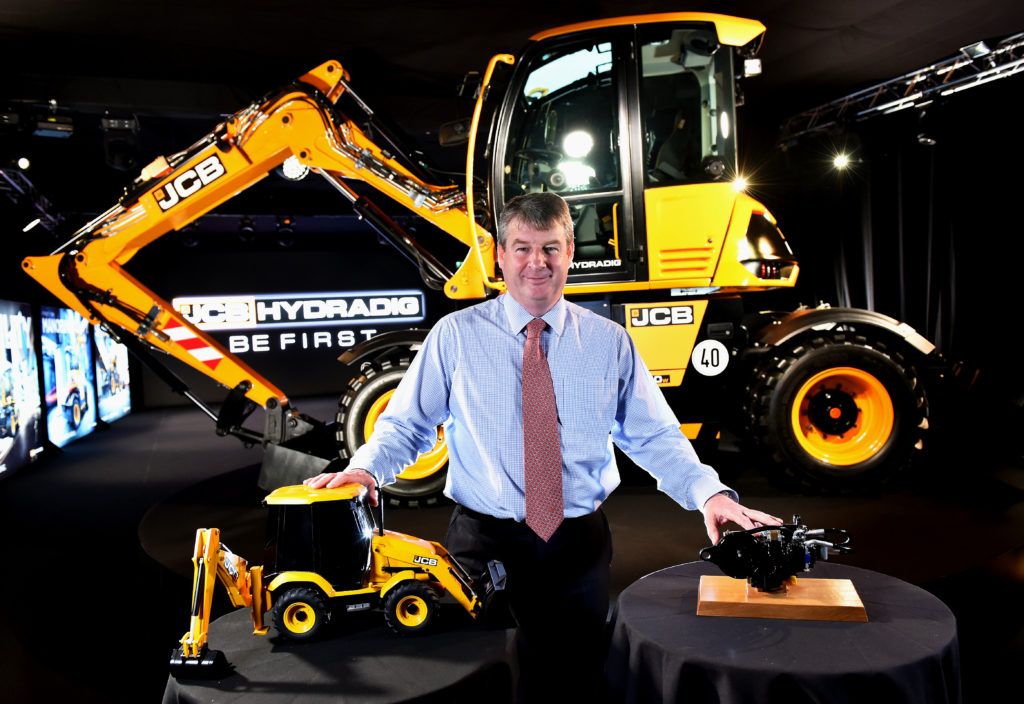As the pressure on the agricultural sector continues, smart resource management and seeking sustainable energy solutions can help farmers meet global food demands
 Agriculture has always been the backbone of civilisation, but now, as with most other sectors, it faces unprecedented challenges. From feeding a growing global population in rapidly changing weather conditions, to jostling for best choice of land use, the sector is increasingly under pressure to become not just food producers, but energy providers as well. This challenge must push us to rethink how we interact with our environment and use space and technology in new and innovative ways.
Agriculture has always been the backbone of civilisation, but now, as with most other sectors, it faces unprecedented challenges. From feeding a growing global population in rapidly changing weather conditions, to jostling for best choice of land use, the sector is increasingly under pressure to become not just food producers, but energy providers as well. This challenge must push us to rethink how we interact with our environment and use space and technology in new and innovative ways.
The key to overcoming these challenges is cleverly using everything around us, without sacrificing food for fuel. Collectively, we need to think of all kinds of new ways to grab all the ‘free’ energy we can. Can we use mobile solar panels, just when we need them? Can we turn a parked-up machine into a mobile wind turbine? Can we store the rainwater high up and run it through a turbine when we need the electricity?
“The key to overcoming these challenges is cleverly using everything around us, without sacrificing food for fuel”
Renewable energy
It’s quite profound, but the largest ‘battery’ in the UK is water, pumped up mountains into large reservoirs using excess electricity. When there’s a spike in demand, the water is released through turbines, and quickly generates gigawatts of electricity. One thing we are blessed (and cursed) with in the UK is rain; imagine if we could manage rainwater on farms to both generate electricity and irrigate crops.
Similarly in the UK one thing they are not making more of is land, which is why it is crucial that we use it in the most sensible way. On-shore wind provides the opportunity to co-locate energy production with food production – using minimal land to create maximum output, while retaining the agricultural footprint for crops.
Of course, to the entrepreneurial farmer, none of this is new – the ida of maximising the output of the resources provided is a daily occurrence. Whether that is through increased crop yields or by using machinery in the optimum way to reduce fuel consumed. In fact, many farmers today are not only food producers but energy producers too, making the most of wind turbines and solar panels.
The challenges and potential of hydrogen
It is this same spirit that we try and embody at JCB – to use what we have around us in the most sensible way, to create real change in the future. Take the JCB hydrogen engine – it is utilising known components, existing manufacturing and engineering know-how and turning it on its head to create something brand-new, with truly world- changing potential. What we need now is for the same spirit to be turned to hydrogen production and storage – working out new and creative ways of producing hydrogen locally, at low cost, and using what we already have around us.
We must not underestimate the challenges we now face with a growing population. Eight billion people on the planet means more mouths to feed and more energy demanded. But eight billion people on the planet also means eight billion brains to come up with innovative and creative solutions – our global capacity for changing the world around us is immense.
Agriculture has harnessed water, wind and sun to feed the world, now let’s help farmers use water, wind and sun to power the world as well.
This article first appeared in the October issue of iVT.




